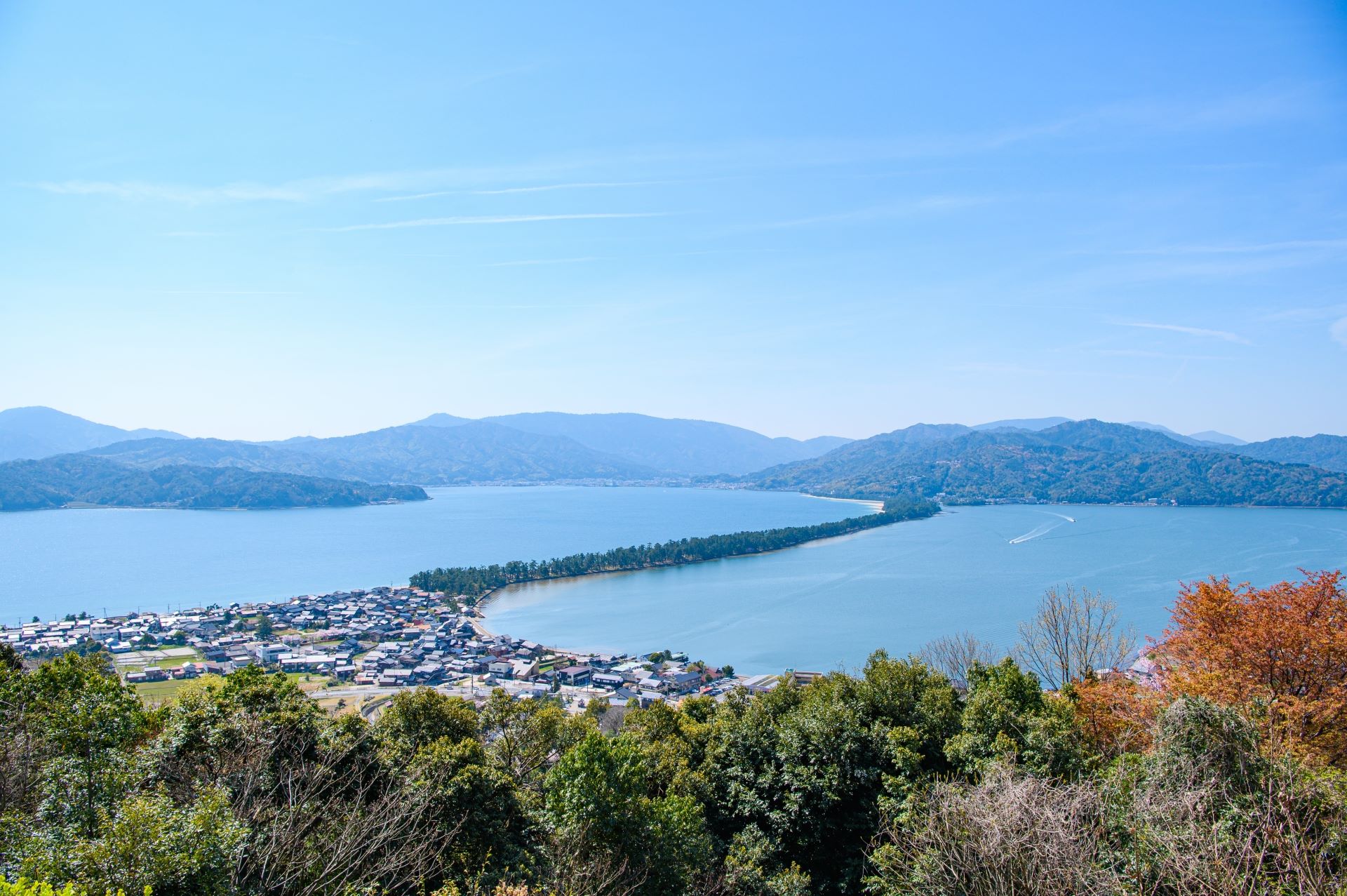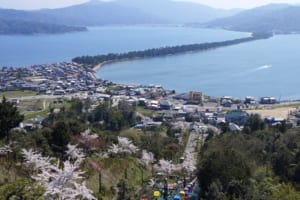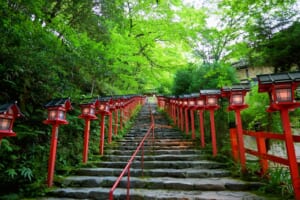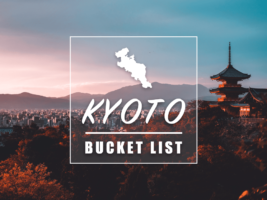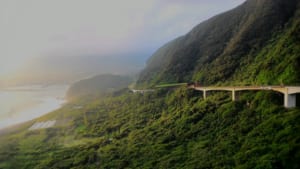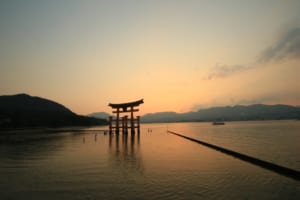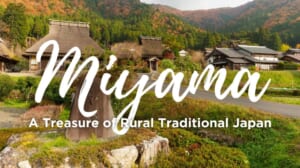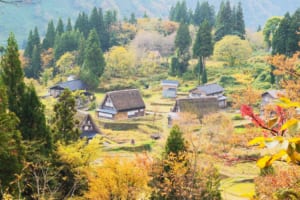Amanohashidate: Kyoto’s Bridge to Heaven
Guide to Amanohashidate in Kyoto Prefecture
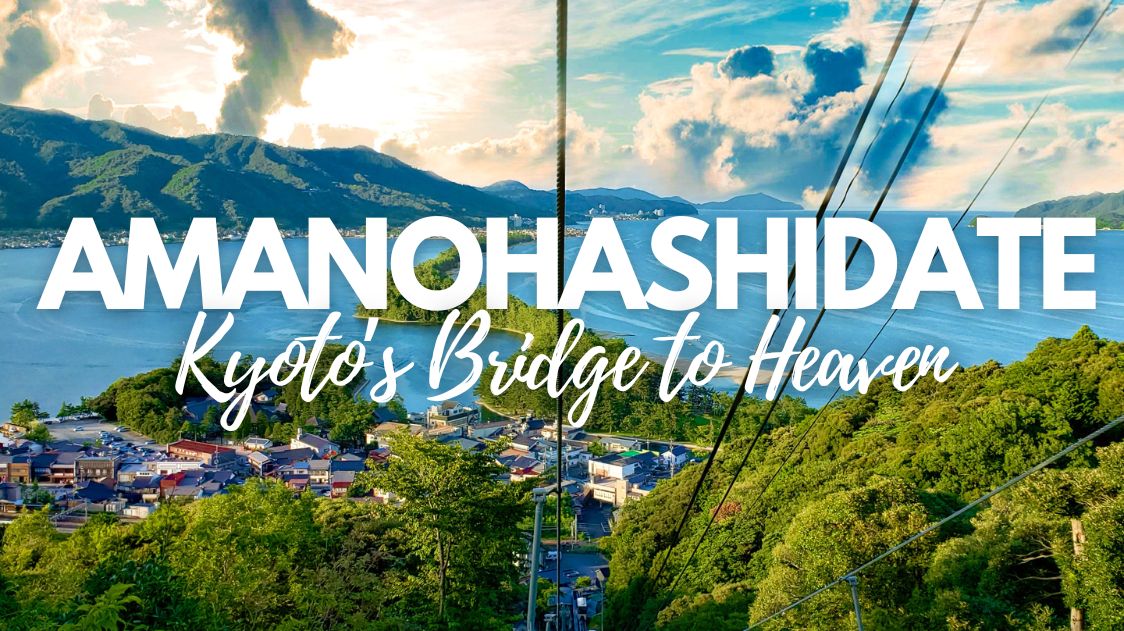
Located in the northern reaches of Kyoto Prefecture, Amanohashidate is a breathtaking sight often hailed as one of Japan’s three most scenic views, along with Miyajima and Matsushima. This impressive land formation stretches across Miyazu Bay, featuring a narrow strip densely populated with thousands of pine trees.
Renowned for centuries because of its natural beauty and deeply intertwined with the region’s rich folklore and history, the area is a popular destination for tourists seeking to enjoy a green escapade sprinkled with an attractive cultural allure.
*Please note that this article contains affiliate links.
What is Amanohashidate?
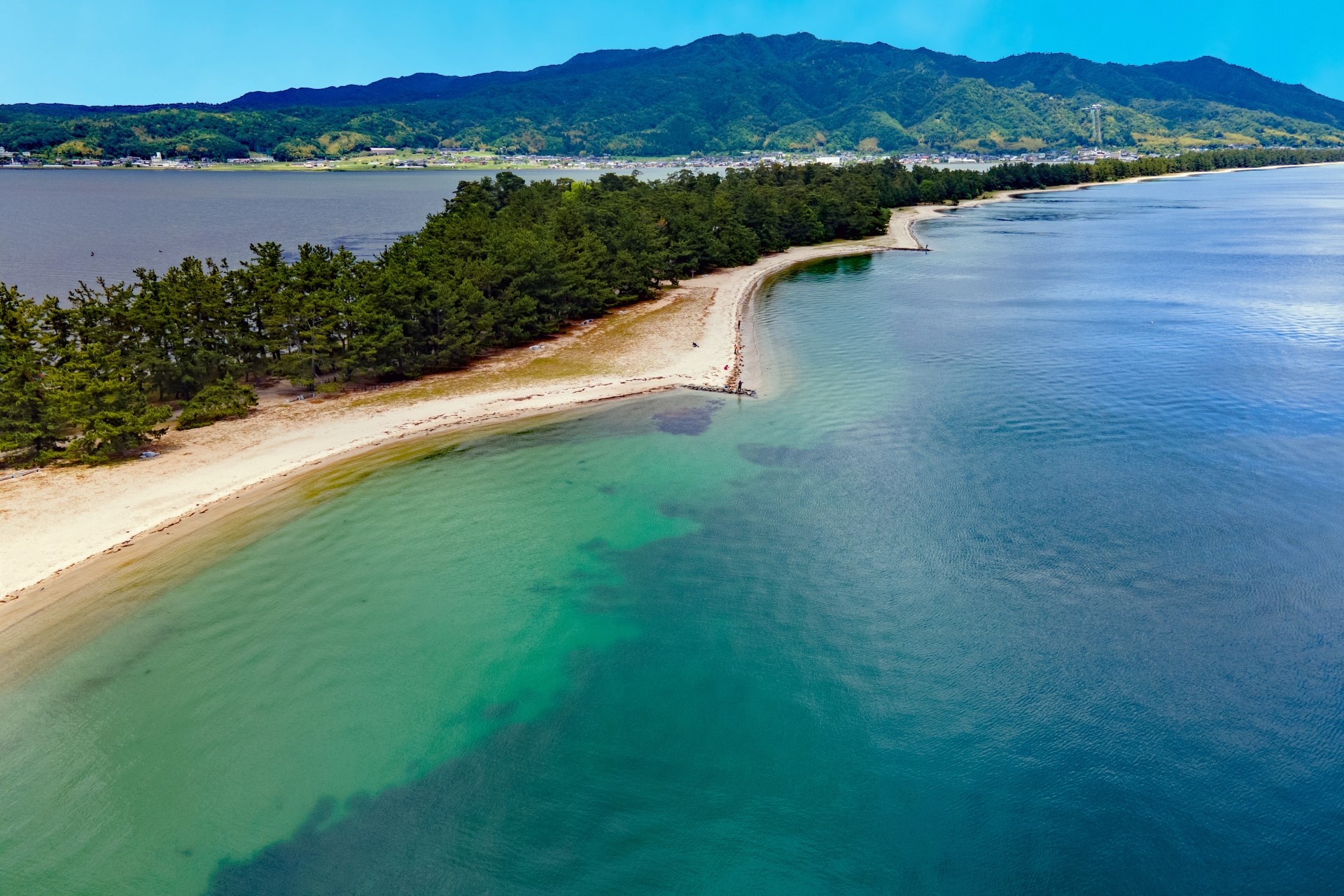
Popular legends attribute its creation to Izanagi no Mikoto, one of the deities responsible for the creation of the Japanese islands. Because of its shape, it’s also been likened to a dragon rising up to the sky.
The “boring” truth is that this unusual topography is the result of centuries of sediment deposited by the rotation of currents from the Sea of Japan and the Noda River. It has resulted in a unique environment that has been celebrated in Japanese poetry and art for centuries as well as playing an integral role in local mythology.
What to do at Amanohashidate
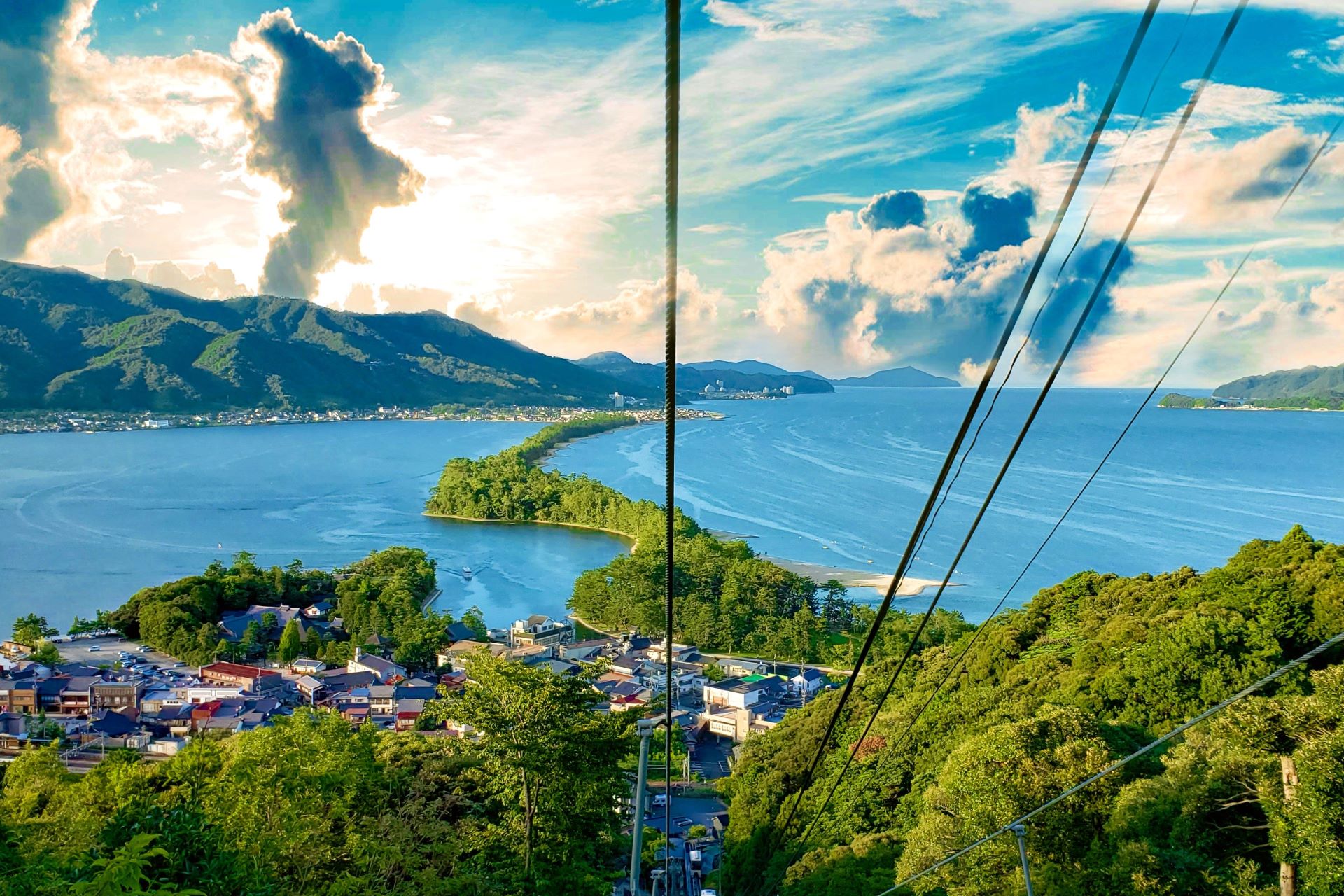
<<Book here your Kyoto Amanohashidate Ine Sightseeing 2-day Pass!>>
<<Book here a Miyama Thatched Village, Ine Bay & Amanohashidate Tour from Osaka!>>
- Walking or Biking: The sandbar of Amanohashidate is a good opportunity for leisurely exploration by foot or bicycle. The path is lined with over 8,000 pine trees, providing a shaded route that showcases views of the calm waters and sandy beaches. This tranquil journey is ideal for experiencing the natural beauty of the area up close.
- Viewpoints: There are two primary observation decks located on the opposite sides of the sandbar, in Amanohashidate Viewland (天橋立ビューランド) and Kasamatsu Park (天橋立傘松公園), reachable by chairlift or cable car respectively. The traditional practice here is to observe the sandbar upside down—a technique known locally as “matanozoki.” This unusual perspective makes the sandbar appear as a floating bridge in the sky, creating a surreal visual experience.
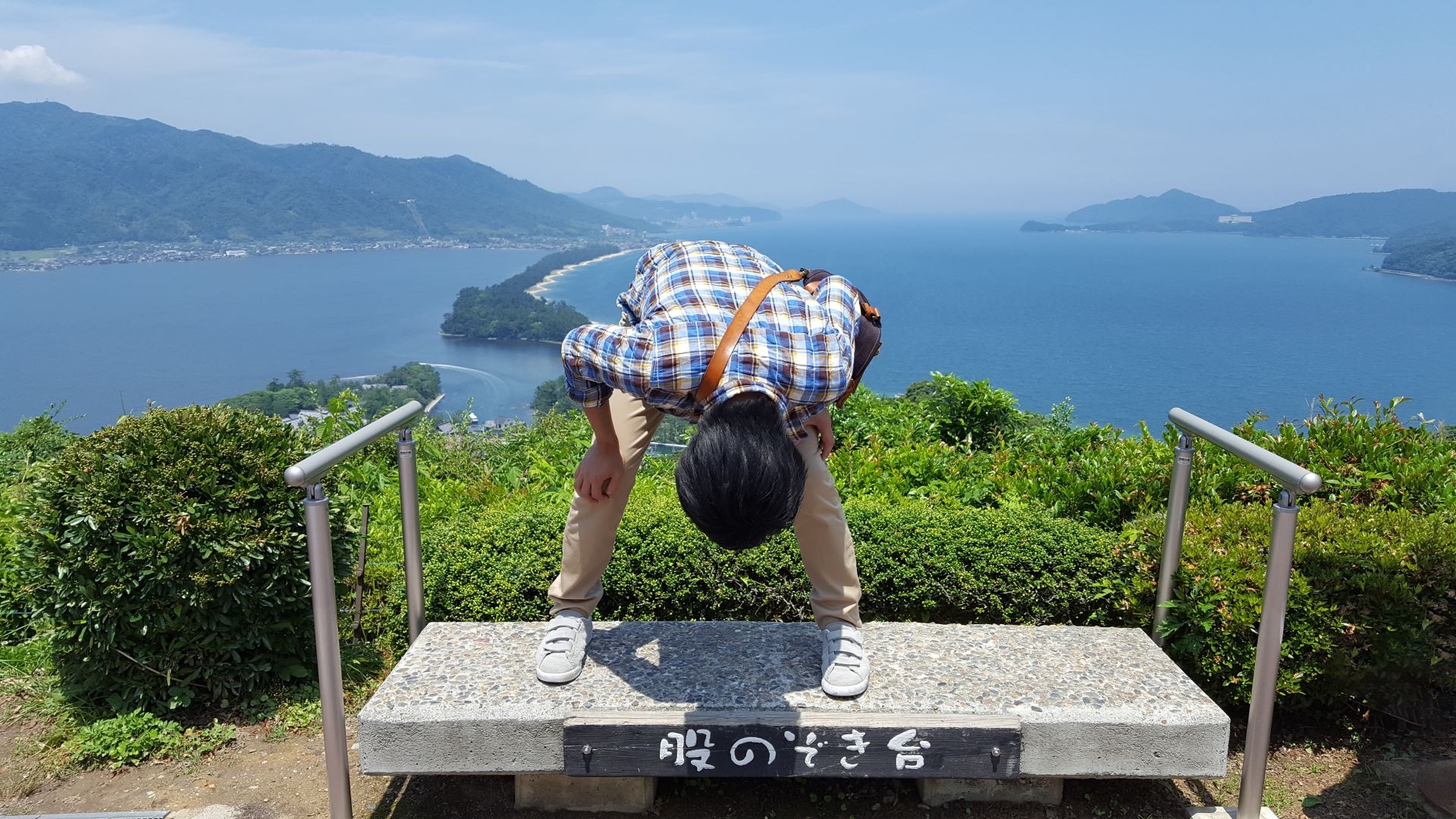
- Local Cuisine: Amanohashidate is not only a feast for the eyes but also the palate. The area is renowned for its seafood, caught fresh from the waters of the Sea of Japan. Don’t miss specialties such as bara sushi, which features locally caught fish pressed atop vinegared rice, and other regional delicacies that reflect the culinary heritage of the coastal region.
- Hot Springs: The region around Amanohashidate boasts several hot springs. These natural thermal baths offer a relaxing retreat where visitors can soak in mineral-rich waters while enjoying panoramic views of the surrounding landscape. The hot springs are particularly popular among those looking to unwind after a day of biking or hiking.
- Cultural and Historical Insights: For those interested in the cultural and historical aspects of Amanohashidate, the area is dotted with ancient temples and shrines that offer a glimpse into Japan’s rich spiritual heritage. These sites, such as Chionji Temple and Motoise Kono Shrine, provide an insightful look into the religious practices and community life that have shaped the region over centuries.
How to get to Amanohashidate
By Train/Bus
The most convenient way to reach Amanohashidate is by train. From Kyoto, you can take the JR Hashidate Limited Express, which directly connects to Amanohashidate Station in approximately 2 hours. Alternatively, from Osaka, travelers can take the JR Konotori Limited Express to Fukuchiyama Station, followed by a transfer to the Kyoto Tango Railway for Amanohashidate. This journey offers scenic views of the countryside and is highly recommended for its comfort and convenience.
For a more economical option, long-distance buses run from major cities like Kyoto and Osaka directly to Amanohashidate. These buses often offer comfortable seating and are a budget-friendly alternative to trains.
By Private Transportation
Driving to Amanohashidate is another viable option, especially for those traveling in groups or with families. From Kyoto, the drive takes about 2 hours via the Maizuru-Wakasa Expressway, and from Osaka, it takes approximately 2.5 hours. There are parking facilities available near the main tourist spots, making it easy to explore the area at your own pace.
Tourist Attractions Near Amanohashidate
While Amanohashidate itself is a captivating destination, the surrounding area offers a wealth of attractions that add depth and diversity to any visit. Once in Amanohashidate, getting around is convenient. The area is compact enough to explore on foot or by renting a bicycle. For those looking to save time or cover more ground, local buses and rental electric bikes are available.
Here are several must-visit spots:
1. Nariaiji Temple
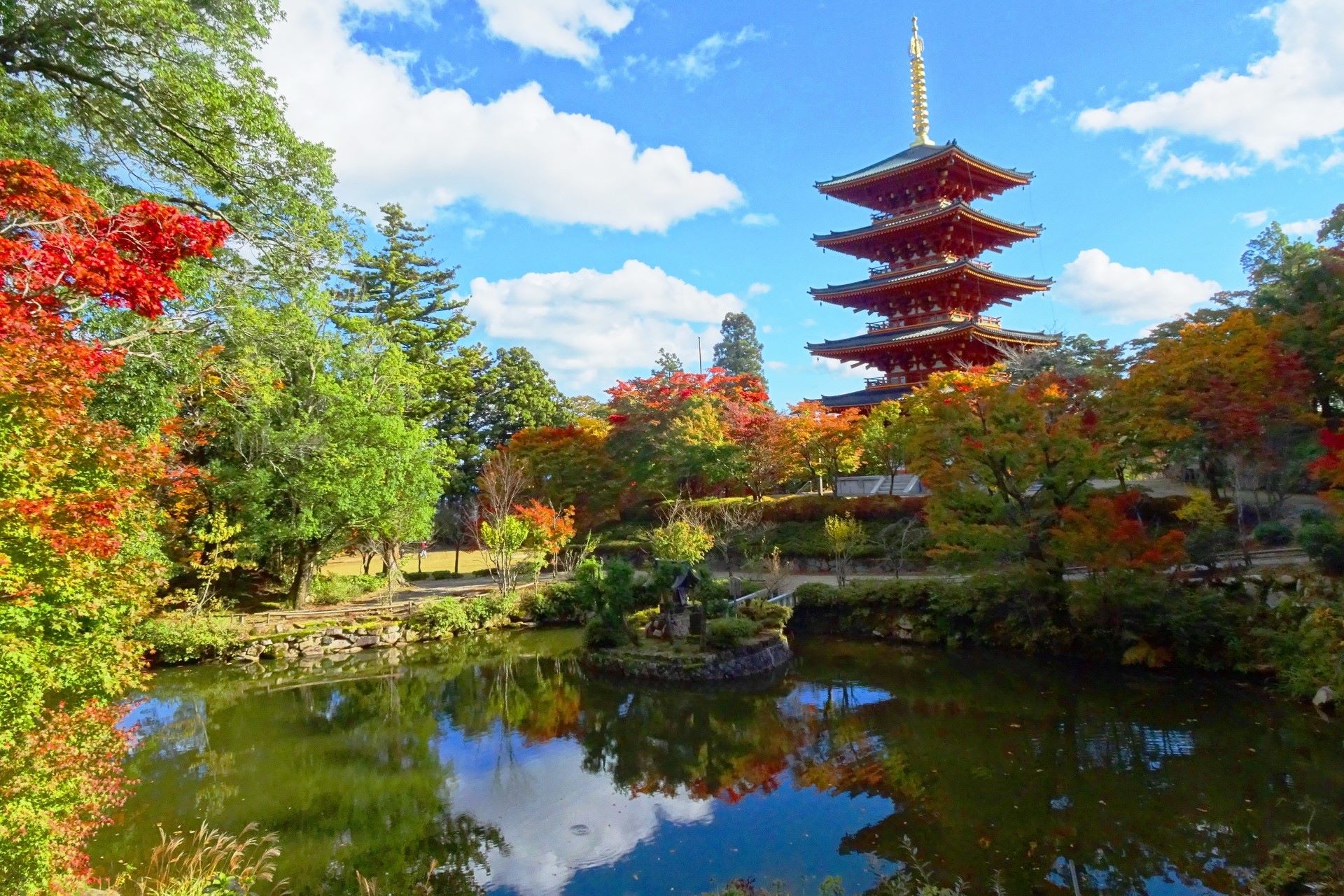
 Access Access |
30-min walk from Kasamatsu cable car station |
|---|---|
 Official Website Official Website |
https://www.nariaiji.jp/ |
2. Motoise Kono Shrine

3. Chionji Temple

 Access Access |
4-min walk from Amanohashidate Station |
|---|---|
 Official Website Official Website |
https://www.monjudo-chionji.jp/ |
4. Kaisenbashi
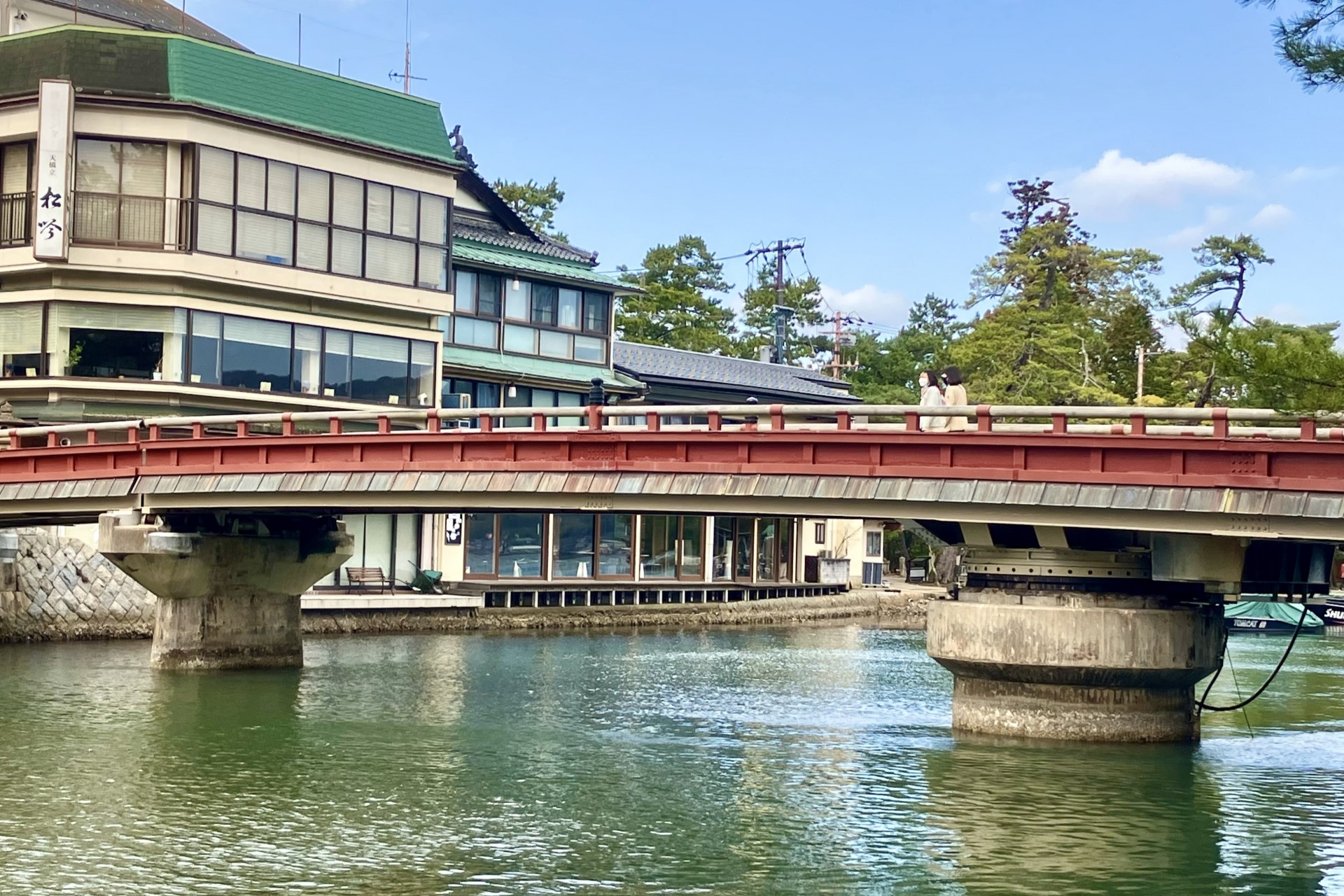
 Access Access |
5-min walk from Amanohashidate Station |
|---|---|
 Official Website Official Website |
https://www.uminokyoto.jp/spot/detail.php?sid=56 |
5. Ine no Funaya
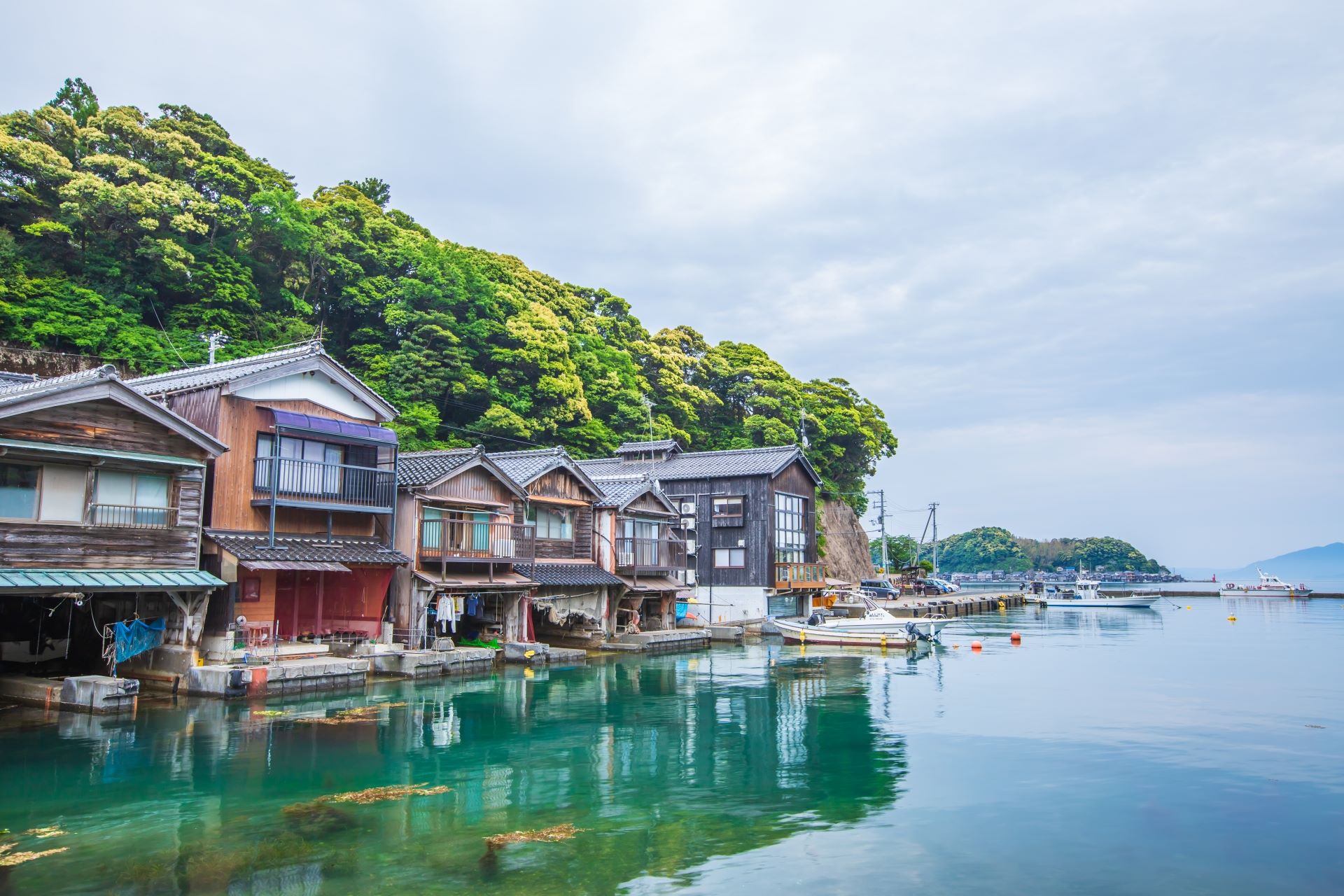
More info: Ine no Funaya: Kyoto’s Hidden “The Venice of Japan”
6. Miyama Kayabuki no Sato

 Access Access |
1h30min drive from Amanohashidate |
|---|---|
 Official Website Official Website |
https://www.kayabukinosato.jp/ |
As one of Japan’s three great scenic views, Amanohashidate is a destination filled with natural beauty, with the added bonus of its historical importance and utmost relevance within Japan’s foundational legends. Also, it’s probably the only place in the world that has to be experienced “upside down” in order to appreciate the full extent of its charms. That alone should warrant a visit isn’t it?
▽Subscribe to our free news magazine!▽
For more information about traveling in Japan, check these articles below, too!
▽Related Articles▽
▼Editor’s Picks▼
Written by
Photographer, journalist, and avid urban cyclist, making sense of Japan since 2017. I was born in Caracas and lived for 14 years in Barcelona before moving to Tokyo. Currently working towards my goal of visiting every prefecture in Japan, I hope to share with readers the everlasting joy of discovery and the neverending urge to keep exploring.





